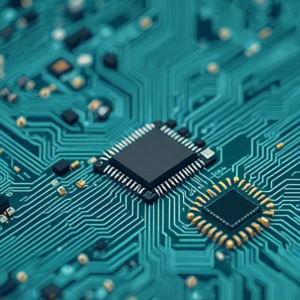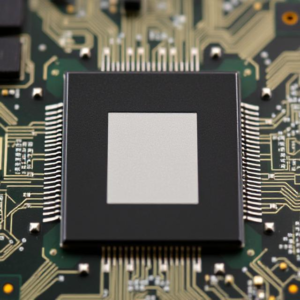Embedded systems are all around us — in washing machines, microwaves, cars, and even smartwatches. These systems often need to respond quickly to events (like a button press or sensor input) and perform tasks at precise time intervals. That’s where interrupts and timers come in. In this article, we’ll break down these concepts in an easy-to-understand way, with practical examples to help make sense of it all.

What Is an Interrupt?
An interrupt is a signal that tells the processor to pause what it’s doing and handle something more urgent. It’s like someone tapping your shoulder while you’re working — you stop, respond to the person, and then return to your task.
In embedded systems, interrupts are used when:
-
A button is pressed
-
A sensor detects a change
-
Data is received via communication (like UART or I2C)
-
A timer reaches a certain value
Interrupts allow the microcontroller to respond immediately to important events, rather than constantly checking (polling) for changes, which can waste processing time.
How Interrupts Work
-
Interrupt Occurs: An external or internal event triggers an interrupt.
-
Current Task Paused: The processor saves the current state.
-
ISR (Interrupt Service Routine): A special function is executed to handle the event.
-
Return to Normal: After the ISR finishes, the processor resumes its previous task.
Example:
Types of Interrupts
-
Hardware Interrupts
Triggered by external devices like buttons, sensors, or communication modules. -
Software Interrupts
Triggered by code (less common in small embedded systems). -
External vs Internal Interrupts
-
External: Generated by hardware outside the microcontroller.
-
Internal: Generated by built-in peripherals like timers or ADCs.
-
What Is a Timer?
A timer is a special peripheral inside the microcontroller that counts clock pulses. Timers are used to measure time, create delays, and generate accurate time-based events.
Common Uses of Timers:
-
Creating delays (e.g., blink an LED every second)
-
Generating precise waveforms using PWM (Pulse Width Modulation)
-
Measuring the time between two events
-
Triggering interrupts after a specific time period (called Timer Interrupts)
Timer Modes
-
Delay Mode: Wait for a certain time before executing code.
-
Counter Mode: Count external events (like pulses or rotations).
-
PWM Mode: Control devices like motors or LEDs by rapidly switching on/off.
-
Capture/Compare Mode: Measure input signal durations or trigger actions at specific times.
Example:
Interrupts + Timers: A Powerful Combo
Timers are often combined with interrupts to perform tasks at regular intervals without blocking the main program. For example, in a real-time clock (RTC), a timer can trigger an interrupt every second to update the time display.
This approach allows the microcontroller to multitask efficiently without constantly checking time in the main loop.
Advantages of Using Interrupts and Timers
-
Efficiency: No need for continuous polling.
-
Responsiveness: Immediate reaction to critical events.
-
Low Power: Microcontroller can sleep and wake up only when needed.
-
Accurate Timing: Timers provide precision for time-sensitive applications.
Real-World Applications
| Application | How Interrupts/Timers Are Used |
|---|---|
| Digital Watch | Timers generate 1-second interrupts to update time |
| Motion Sensors | Interrupts wake up the system when movement is detected |
| Motor Control | PWM from timers controls motor speed |
| Keypad Input | Interrupts respond to key presses immediately |
| Data Logging | Timers trigger sensor readings at set intervals |
Summary
-
Interrupts allow microcontrollers to stop what they’re doing and immediately respond to events.
-
Timers help measure time, create delays, and trigger tasks at regular intervals.
-
Combined, they improve the efficiency, precision, and real-time performance of embedded systems.
-
These tools are essential for building responsive and reliable applications in everything from smart devices to industrial automation.











